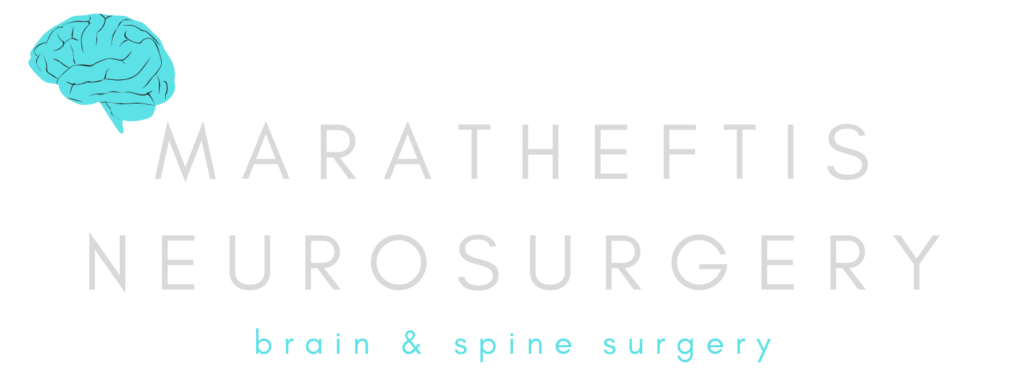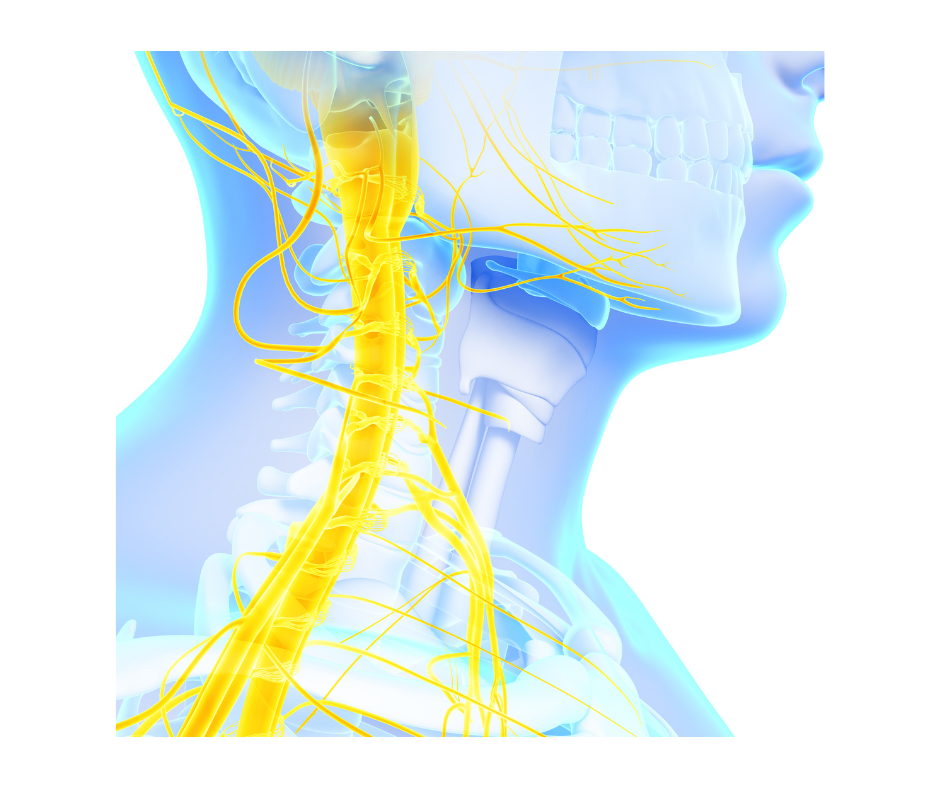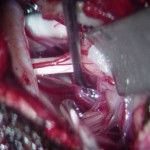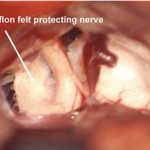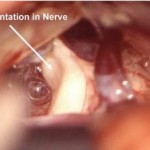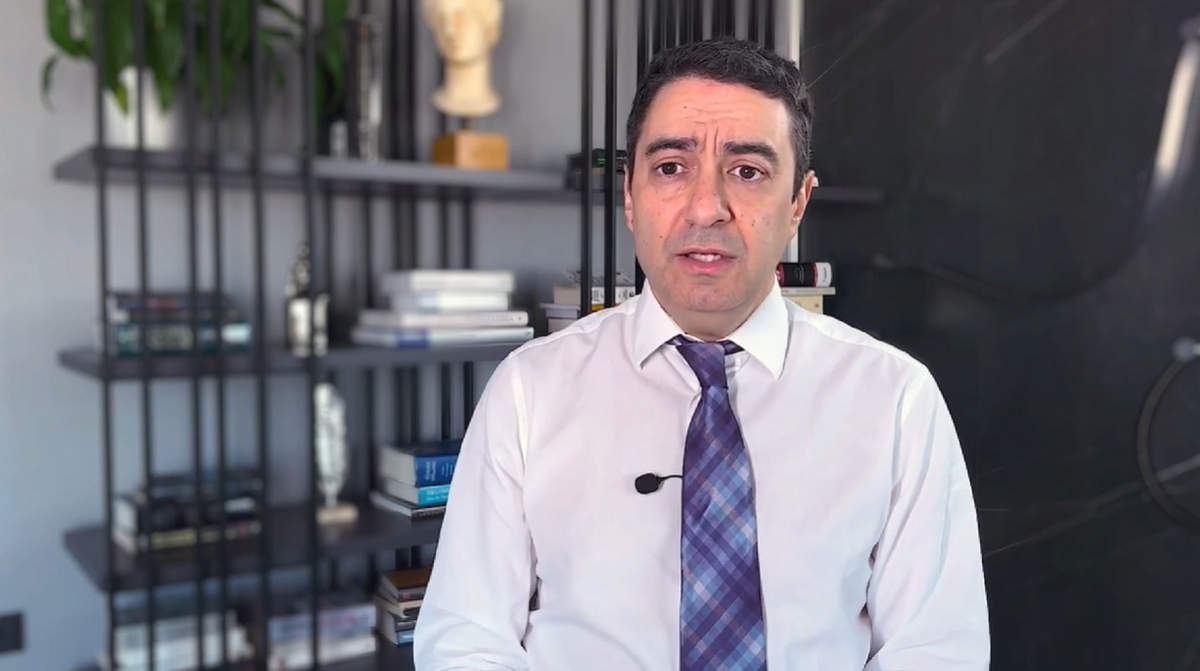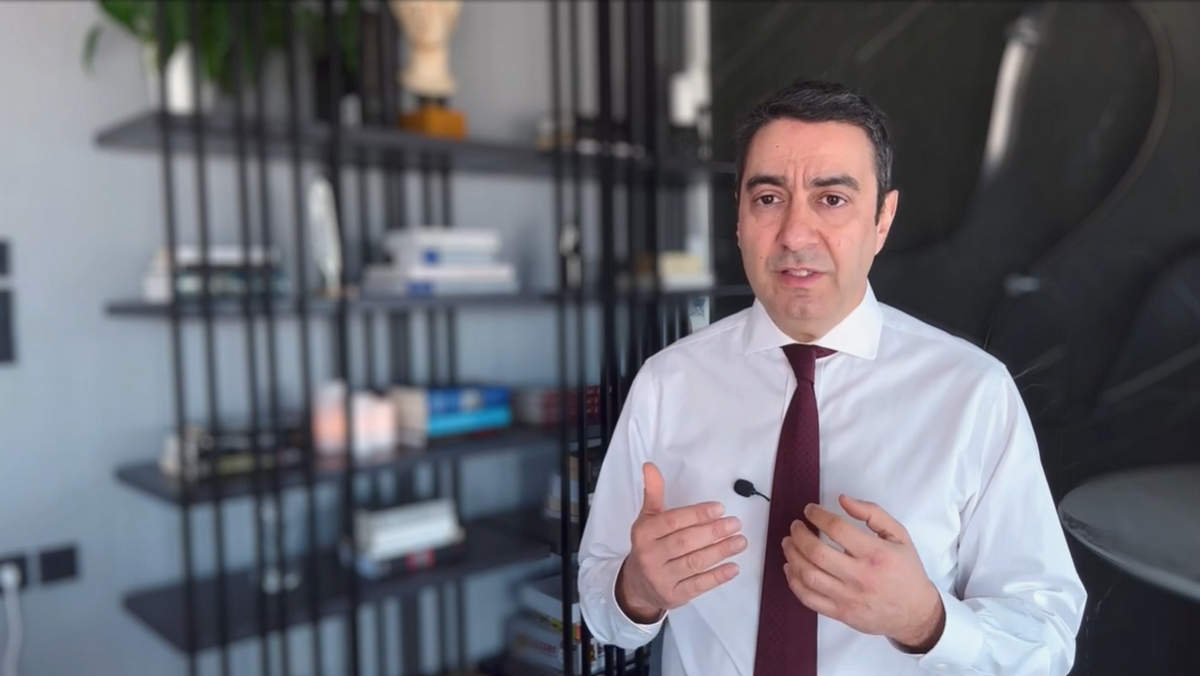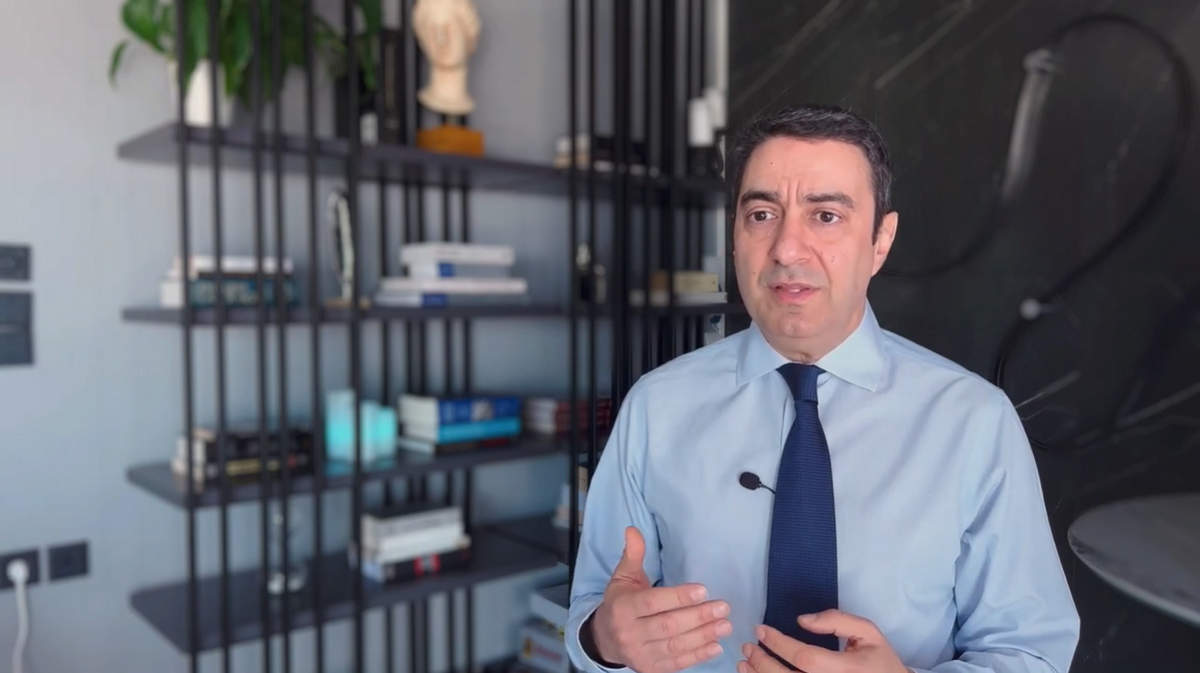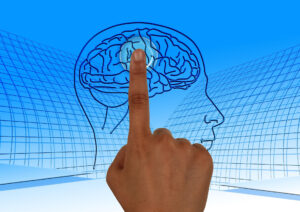Trigeminal neuralgia is a neurological condition characterized by
Conservative treatment
The first line treatment for neuralgia is medication. Medication used includes carbamazepine, pregabalin, and others; some of these are classified as antiepileptic drugs. In the majority of patients, they adequately control pain symptoms. Antidepressants could also be used, always under the strict supervision of the treating physician. If these fail to control the symptoms, there are invasive treatments that could have positive results.
Mild invasive treatment: Radiofrequency ablation, with electrophysiological control, on the CT scanner
This is the most modern, minimally invasive and safest methodof treating neuralgia. The use of the CT scanner is 100% accurate in accessing the target, minimizing the possibility of injury to other tissues (for example, a large vessel). With ideal targeting, the patent foramen ovale (exit point of the trigeminal nerve) is accessed.
At the same time, in order to minimize the possibility of causing painful anesthesia on the nerve, electrophysiological control and test ablation are performed, for the immediate assessment and more accurate localization of the treatment result, which the patient can perceive immediately. This method allows us to have a success rate of over 93%, almost as much as with open surgery, but without the risks involved in surgery.
This method was first published in 2004 in the international literature and is constantly gaining popularity. We have applied it to more than 500 patients in
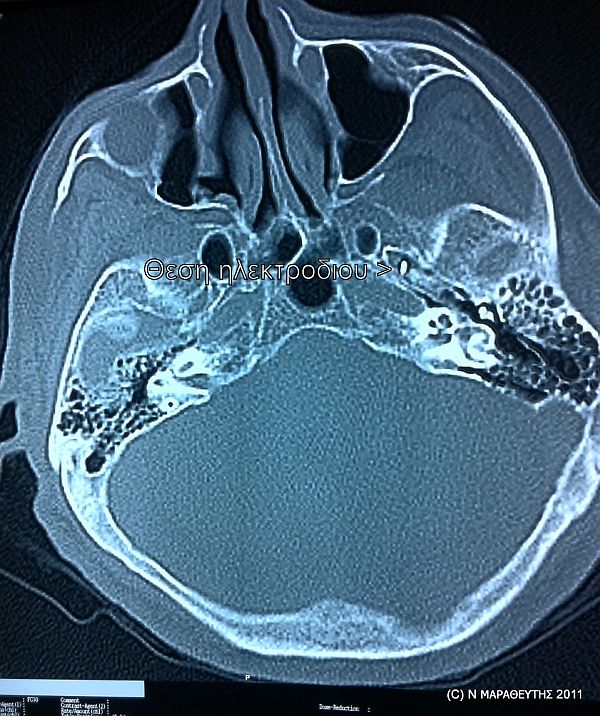
4. Surgical treatment
When conservative treatment and mild management fail, there is an indication for surgery. This is carried out under general anesthesia and involves a small removal of bone in the area behind the ear, followed by decompression of the nerve at the point where it comes in contact with vessels in the area. It is now proven by clinical and surgical experience that neuralgia is caused by the close proximity of the trigeminal nerve to the vessels of the location where it arises from the brain. The arteries mostly can transmit their pulse, “pounding” the nerve and causing the neuralgia.
Surgical treatment has significant advantages and disadvantages. It is the most effective treatment with a success rate of over 90%, without causing catastrophic nerve damage, with all its consequent risks. There is a reduced need to take medication, therefore their often serious adverse events, especially associated with long-term use, are also reduced. At the same time, however, it is still a serious operation with ~ 1% mortality rate and 10-15% rate for temporary or permanent morbidity (hemorrhaging, meningitis, cerebrospinal fluid leakage from the wound). It requires about a week of hospital stay post-operatively.
The improvement in surgical techniques is constantly reducing mortality and morbidity rates.
Let us mention the older methods, i.e. the infiltration of the trigeminal nerve with alcohol or glycerol, offering temporary or even medium-term relief of symptoms. Balloon compression of the ganglion has also been used, causing pressing damage to the trigeminal nerve in order to relieve pain. Percutaneous stereotactic radiofrequency rhizotomy (PSR) is another option; using a special navigator, where radiofrequency is applied on the trigeminal nerve (thermal destruction) or it receives a glycerol injection (chemical destruction). This offers relief but there can be side effects, the most important being anesthesia dolorosa (painful anesthesia), a condition that is difficult to treat.
Another modern technique is stereotactic radiosurgery with γ-knife (Gamma Knife Radiosurgery), a method that does not require open surgery, i.e. it is non invasive, but is very expensive, it takes time to relieve the symptoms and does not have high success rates (50-60%).
